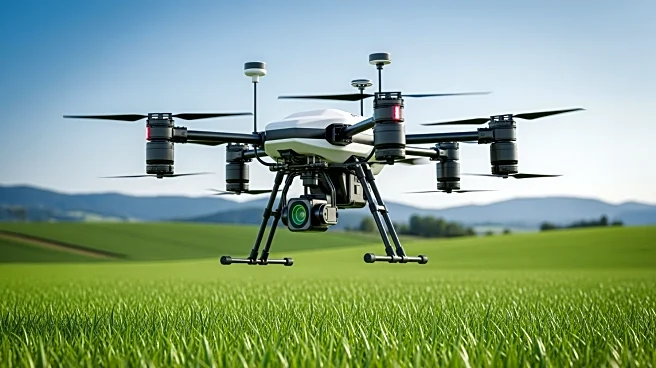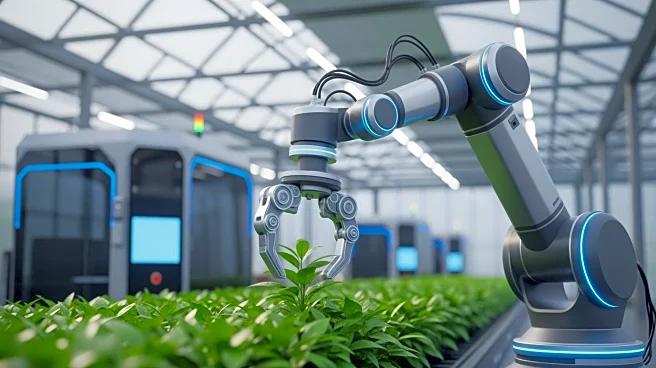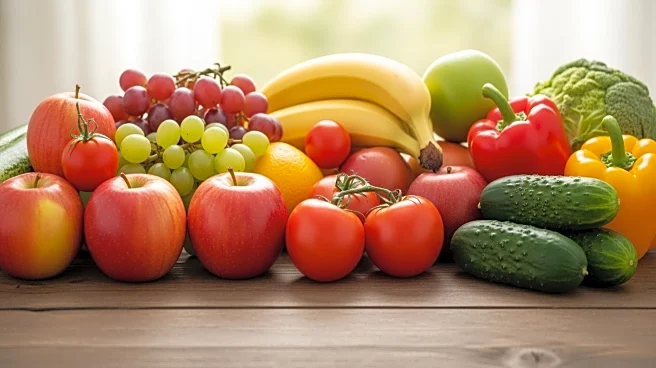What's Happening?
The global agriculture microbial industry, valued at approximately $6.9 billion in 2021, is projected to grow at a robust CAGR of 14.8% from 2022 to 2028, reaching an estimated $18 billion by 2028. Agricultural
microbials, including bacteria, fungi, and viruses, enhance crop productivity and quality by improving nutrient access, decomposing organic matter, and providing resistance to environmental stresses and pests. North America held the largest market share in 2020, driven by increasing awareness of microbial benefits over synthetic chemicals, while the Asia Pacific is anticipated to exhibit the highest growth rate during the forecast period.
Why It's Important?
The growth of the agriculture microbial market is largely fueled by the rising adoption of organic and sustainable farming practices globally. This shift is supported by governments and a growing consumer demand for organic produce. Microbes play critical roles in soil nutrient cycling and plant stimulation, which are essential for organic farming benefits like reduced soil erosion and nutrient recycling. The market's expansion indicates a significant move towards more environmentally friendly agricultural practices, potentially reducing reliance on synthetic chemicals and enhancing food security.
What's Next?
Major industry players are focusing on product innovation and geographic expansion to capitalize on market opportunities. As the demand for organic and sustainable farming practices continues to rise, companies are likely to invest in research and development to improve microbial formulations and application methods. Additionally, governments may increase support for organic farming initiatives, further driving market growth.
Beyond the Headlines
The shift towards microbial solutions in agriculture could have long-term implications for environmental sustainability and food production. By reducing the use of synthetic chemicals, microbial solutions can contribute to healthier ecosystems and biodiversity. This transition may also influence regulatory policies and consumer preferences, promoting a more sustainable agricultural industry.











